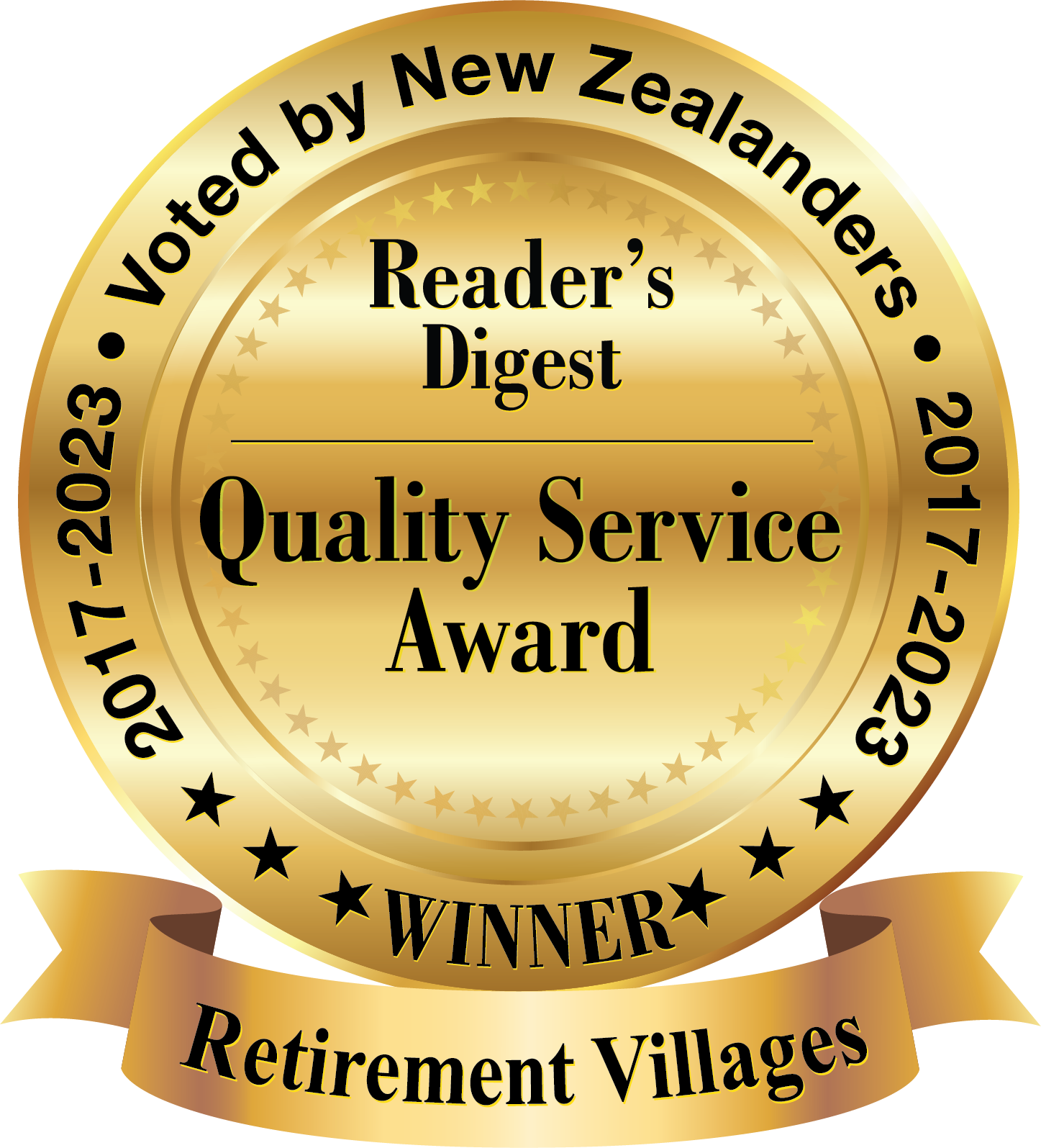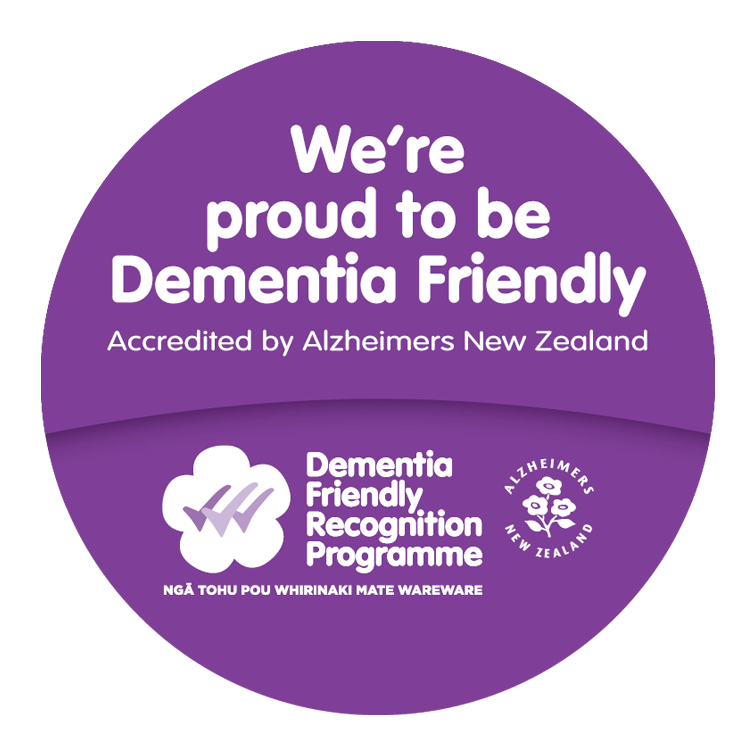The war years for Catherine Brown were a far cry from her remote upbringing in the Shetland Islands but nothing seemed to faze the young nurse, dubbed ‘The Mighty Atom’ by her colleagues due to her short stature and strong work ethic.
Born on 31st March 1917 in the middle of the worst storm in 50 years on the island of Fetlar, Catherine was the eldest of seven siblings and two half siblings.
Her mother was the schoolteacher on the island and unlike many of her peers, Catherine was sent to the mainland for secondary schooling, boarding at the Anderson Educational Institute at Lerwick.
She then went on to do her nursing training at Lincoln County Hospital in Lincolnshire before moving to Manchester to train as a midwife which is when war broke out.
Catherine, who never smoked, also took her father’s sage advice to heart: “He told me ‘you may accept a sherry but in no circumstances accept a gin!’”
She volunteered to join the QAs (Queen Alexandra Imperial Military Nursing Service) and left by convoy from Glasgow.%20(Large).jpg?width=1080&height=1583&name=IMG_6679%20(1)%20(Large).jpg)
Catherine in her distinctive QA uniform.
“I can remember sailing down the Clyde and the terrible noise of hammering in the port as it was wartime and they were building as many ships as possible, because they were getting torpedoed.”
The quickest route to Egypt would normally be via the Mediterranean Sea but due to the number of mines and U-boats they had to sail all the way down via South Africa, back up the east coast and via the Red Sea to Suez.
German submarines would threaten the convoy and accompanying battleships would blow them up with depth charges. Catherine and her friends would go up on deck to watch the flashing lights.
“We were young, only 22, and didn’t think anything of it.”
The distinctive QA uniform, bought from Harrods, comprised of a long white dress with a bib front and veil, and a grey cape with red lining.
The nurses were diverted to a site not far from Cairo to set up tent hospitals in the desert.
Until a desalination facility could be established, they were rationed to just a pint of water a day for washing themselves, their stockings and veils.
Being a unit of the army, the nurses automatically qualified as officers, so each QA nurse was assigned a ‘batman’ who would look after them and act as a personal servant.
Catherine was a hospital sister in the theatre hospital, nursing around 600 men. Injuries were typically shrapnel wounds, with many needing operations on their eyes or amputations.
The nurses were doing things that the doctors would normally do because there weren’t enough doctors, and Catherine completed an eye operation.
“If the men were very badly wounded, we would get them on the first ship back to Britain. But if they were slightly wounded, then we would treat them and then they would go back up.
“It was a very tough time and we worked really hard. I have tried to blot out these memories.”%20(Large).jpg?width=1727&height=1080&name=IMG_6747%20(1)%20(Large).jpg)
Christmas on the ward (above) with Catherine next to the second bed from the right and (below) riding the third camel from the right near the pyramids.
%20(Large).jpg?width=1523&height=1080&name=IMG_6678%20(1)%20(Large).jpg) Catherine says doing the job required at the time was always the priority. “You just had to get on with it.”
Catherine says doing the job required at the time was always the priority. “You just had to get on with it.”
There were some lighter moments, when Catherine would do the tourist thing with a group of friends or a boyfriend.
She tells of ‘dancing in the streets of Damascus’ and riding a camel near the pyramids, or visiting the famous Shepheard’s Hotel in Cairo.
From Egypt, Catherine was sent to Malta where she enjoyed the relative luxury of living and working in buildings rather than tents.%20(Large).jpg?width=1540&height=1080&name=IMG_6751%20(1)%20(Large).jpg)
Catherine with a friend outside their canvas sleeping quarters (above) and (below) now aged 106 at her home at Hilda Ross.
.jpg?width=1620&height=1080&name=IMG_6745%20(Large).jpg) She was in Malta when it was razed to the ground and people were forced to live in caves.
She was in Malta when it was razed to the ground and people were forced to live in caves.
After four and a half years, she went back to England and worked in an army hospital in Oxford until the end of the war.
With her great experience and obvious intelligence, friends suggested she train as a doctor at the Royal Free Hospital in London but she never did.
At a family wedding she met up again with fellow islander Peter Brown, marrying him in Edinburgh in 1947 and then working as a nurse in a factory.
Two daughters followed, first Susan then seven years later Julia and the family emigrated to Australia before moving to New Zealand.
Catherine eventually worked as matron in a girls’ hostel and retired to Nelson in 1981.Her intrepid spirit continued into her 70s and beyond, travelling to Bali, Thailand and Australia. After a stint of living in Auckland she moved to Hamilton, and has enjoyed life at Hilda Ross since 2011.




